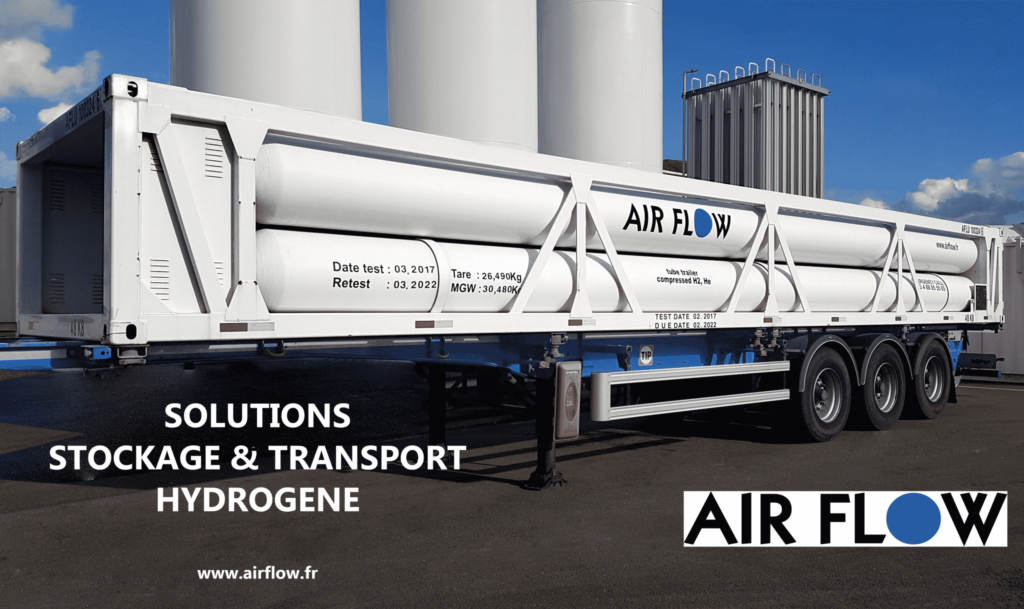Hydrogen is undoubtedly a solution to our energy problems of tomorrow: it is abundant, its combustion does not pollute, and we have mastered the production and transport techniques. But the profitability of transporting hydrogen is much lower than that of gasoline and natural gas, which slows down its development. An analysis and reflection provided by the company Air Flow.
Even today, the hydrogen economy is almost exclusively chemical: it is produced from carbon sources and transported short distances to chemical industrial sites. Hydrogen is, for example, used in oil refineries: injected into the production process of unleaded gasoline, it helps reduce the sulfur concentration. The cost of hydrogen and its transport is included in the cost price of the finished product. It competes with other processes allowing the desired chemical reaction.
Hydrogen, energy vector
Used as an energy vector, hydrogen competes with gasoline and natural gas. Its transport to points of consumption is a very important component of its final price.
However, a hydrogen transport vehicle carries very little energy. In France, more than 95% of hydrogen transported on the road is transported in compressed gas trailers, made of large steel bottles. These trailers contain approximately 10,000 kWh of energy, or 36 times less than a diesel truck. In other words, it takes 36 hydrogen trucks to replace one diesel transport truck: not very economical or ecological. This factor 36 only concerns exploitation. When it comes to investment, it’s even worse: steel hydrogen storage costs 4 times more investment than diesel storage. You will therefore have to invest 36 × 4 = 144 times more to transport the same amount of energy as a diesel truck. At Air Flow, we believe that transporting energy by road in the form of hydrogen currently costs 50 to 100 times more than transporting energy in the form of diesel or LNG. Is civil society ready to take on this burden?
The radius of action of the gases
Another problem which is linked to the first, in terms of logistics, each gas has its own radius of action, that is to say the economically competitive distance between the point of production and the point of consumption: the more a gas is difficult to produce and expensive to manufacture, the greater its range of action. This is the case, for example, for helium, which has only around ten production areas in the world. This is also the case for xenon: it is difficult to extract from the air in large factories, and produced in small quantities in Ukraine, the United States or South Africa. Its production cost is so high that the cost of transporting it to France does not reduce its price.
The case of hydrogen
Conversely, the cheaper and easier a gas is to produce, the smaller its range of action: this is the case for carbon dioxide, nitrogen or hydrogen. At Air Flow, we estimate that compressed hydrogen gas has a range of approximately 150 km. Most French hydrogen consumers are therefore located less than 150 km from any production point. When hydrogen is transported over a distance of less than 50 km, its price is essentially made up of production costs, taxes and margins; when transported over a distance greater than 250 km, it is the transport which constitutes the dominant part of the price.

